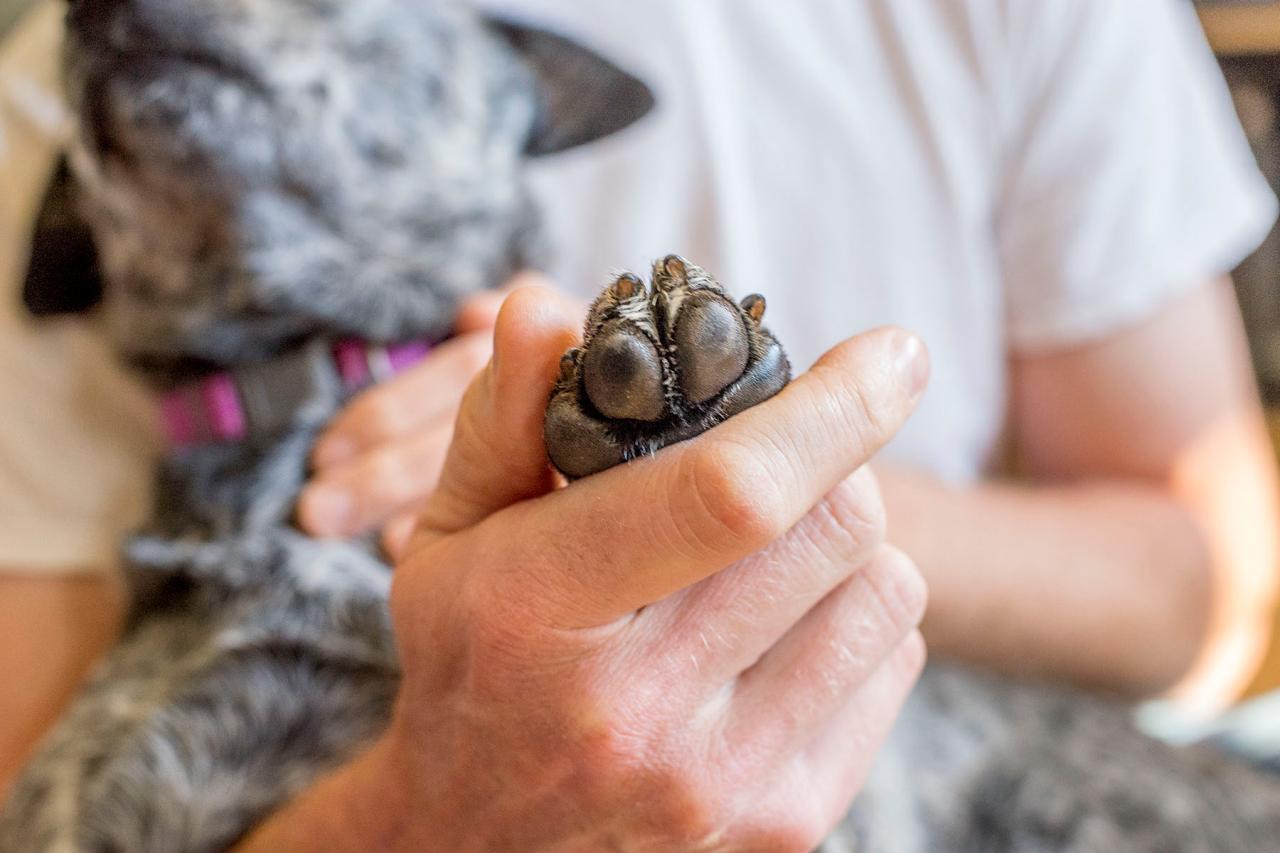Be careful out there! With dangerous heat impacting many areas this month, it is important to know what to look out for.

Signs of Heatstroke in Dogs
It’s important to know the signs of heatstroke in a dog, and what to do about it. Signs of heatstroke in a dog are:
- elevated breathing rates
- dry or sticky gums
- abnormal gum color
- bruising in the gums
- may appear lethargic or disoriented
- seizures
Heatstroke happens because of your dog having an elevated temperature—also known as hyperthermia.One of the most dangerous ways a dog can get hyperthermia is by leaving your pup in a car in the sun and heat. And it happens much faster than you probably realize.
If you notice any of these symptoms happening, move your dog into an air-conditioned area or into the shade. Run cool water - not cold water - over their head, neck, and chest after applying ice packs or cold towels. You should also give them small amounts of cool water or lick ice cubes, and take them to the vet immediately if they continue to show any signs of heatstroke.

How Do You Know When a Dog Is Dehydrated?
Dehydration is when you lose more fluids than they are taking in. And this happens to dogs too. “In fact, water is necessary to virtually every important body function, including lubricating joints, cushioning internal organs, aiding digestion, and regulating body temperature.”
If your dog is dehydrated, they will end up losing important electrolytes that help with body functions, like nerve function, muscle function, moving nutrients into cells, and balancing their body’s pH. And in extreme situations, canine dehydration can lead to the failure of your dog’s kidneys and other organs, or even death.
But don’t worry, because we’re going to watch for signs of dehydration in our dogs, right? And we’ll all be intentional to keep our pups well hydrated. To do this, please make sure your dog always has more than enough cold, clean drinking water available—even if you’re going to be gone for a long part of the day.
Signs of dehydration in dogs:
- Loss of skin elasticity
- Loss of appetite
- Vomiting with or without diarrhea
- Reduced energy levels and lethargy
- Panting
- Sunken, dry-looking eyes
- Dry nose
- Dry, sticky gums
- Thick saliva
- Tacky, dry, or off-color gums
If you’re noticing any of these conditions in your dog—especially more than one —try to get them to drink water, and contact your vet right away for consultation and next steps. Depending on your dog’s severity of dehydration, your vet may need you to bring your dog in for IV fluids.

Make sure to keep an eye on the weather in your area. If the days are too hot, think about staying indoors. Playing interactive games and puzzles that stimulate your pet physically and mentally can be a great way to keep them entertained at home.
Just remember – if it is too hot for you outside, it is too hot for your dog. Make sure they have a way to stay cool and have plenty of clean drinking water.
Don't forget that you can also check out these recipes to make some frozen treats for your dog to help them cool off. Check out the recipes here.






